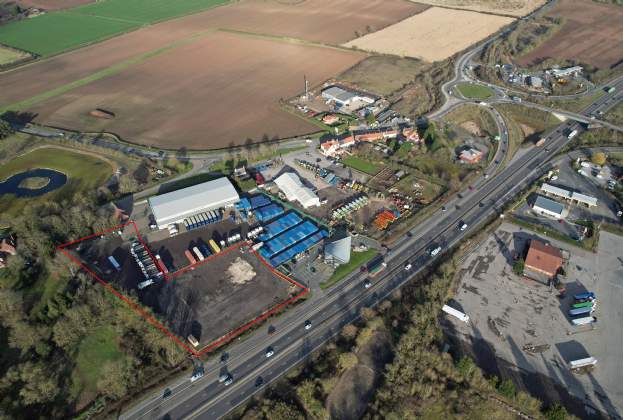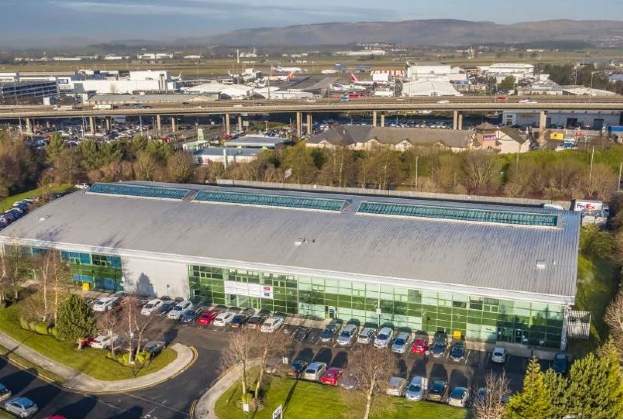Looking back to 2020, during the height of the UK’s Covid-19 lockdown, investor sentiment remained relatively uncertain. However, as restrictions eased, confidence and liquidity quickly returned to the market, leading to £4.7 billion of capital being deployed into the logistics sector over the course of the year, ultimately setting a new record.
This level of transactional activity has only continued to soar in 2021 and current conversations suggest that the level of capital targeting the sector is constantly increasing. For this reason we anticipate that total investment into logistics in 2021 will far exceed last year’s figure.
As a consequence of the sector’s unwavering popularity, new assets coming to the market are in considerable demand, leading to multiple bidding rounds before moving to best and final offers. As a result yields continue to contract, with Savills prime yields now likely to move below the current 3.5 per cent.
This has already translated into market activity, with investment volumes now at £7.03 billion in 2021, surpassing the five-year annual average of £3.7 billion per year. Given that, traditionally, the second half of any year tends to see a stronger performance, it is all but certain that 2021 will be another record breaker for the sector.
However, with such fierce competition for the best quality assets, investors are having to look into alternative strategies and examine their attitude to risk in order to spend this capital. One potential option is speculative development. From speaking with investors, we know that a significant percentage of their capital allocation to industrial and logistics could be utilised for speculative projects.
Occupational market statistics certainly support this strategy with our research showing that most markets are seeing vacancy rates decline, rising levels of requirements and above average take-up.
At present, nationwide there is 18.26 million sq ft currently under construction with the majority concentrated in the East Midlands and the South East, however, well-documented challenges currently exist in sourcing construction materials, meaning barriers to speculative development for new entrants remain high.
In contrast, core markets such as the West Midlands, Yorkshire, the South West and North West look under provisioned given their relative size and current supply and demand dynamic.
Redevelopment opportunities are also another way of accessing the market. This could involve purchasing short-dated income or acquiring Grade C units with vacant possession that are currently on the market. With currently 7.16 million sq ft of Grade C space available and with decreasing levels of Grade A supply, this could be a good way of achieving higher total returns which remains a key criteria, followed by longer term capital appreciation.
Overall sentiment certainly looks positive in the second half of the year, but with so much capital still to be deployed it may be time for investors to get creative.
.jpg)


.jpg)
.jpg)

.jpg)

.jpg)

.jpg)